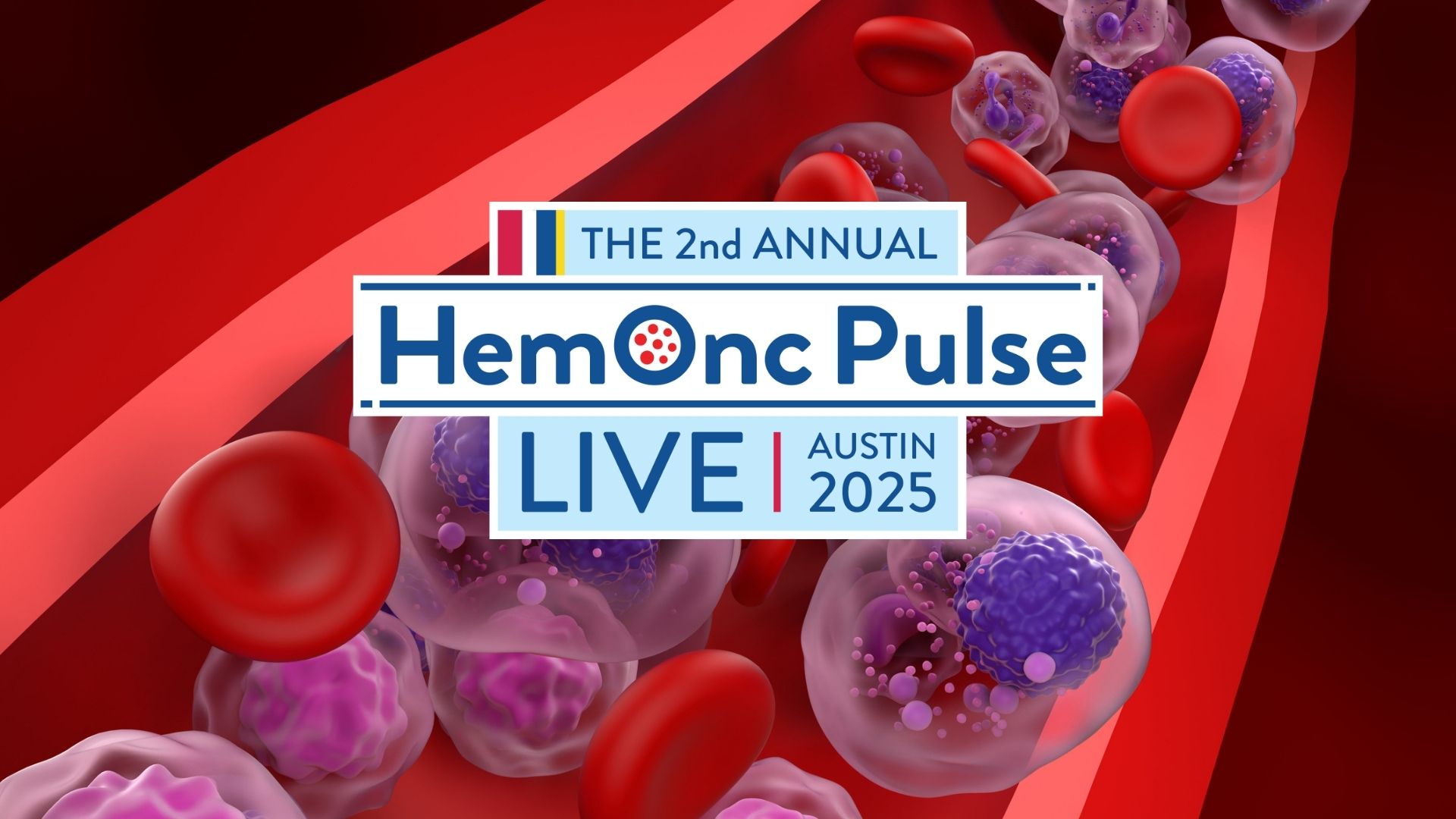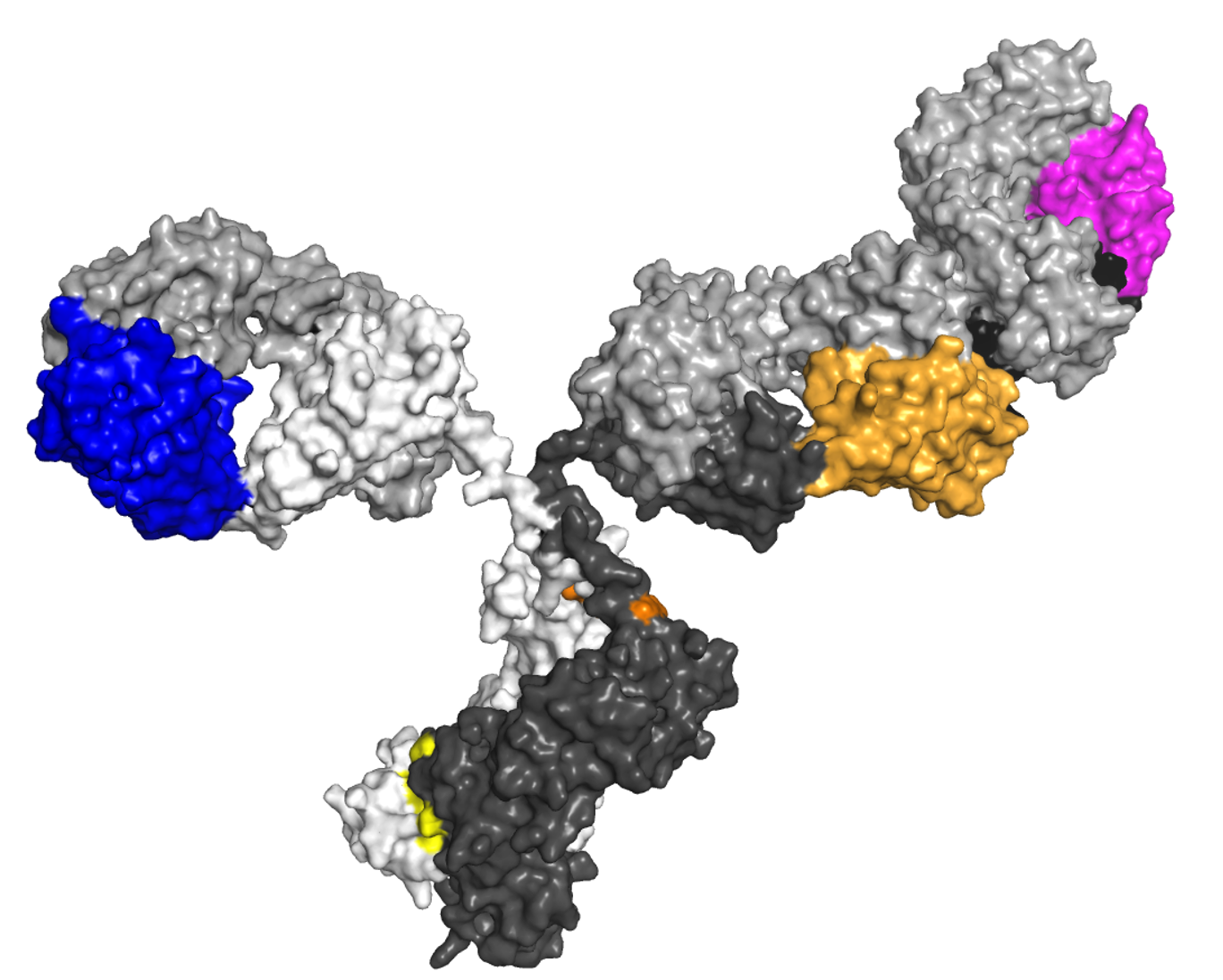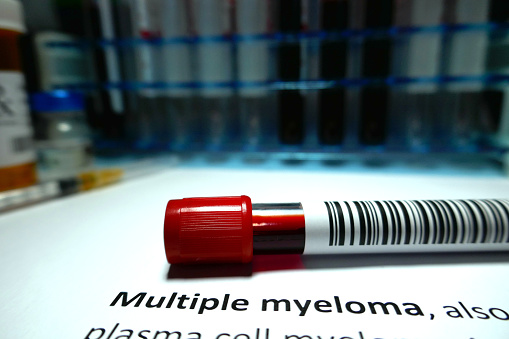Parameswaran Hari: Financial Challenges of CAR T-Cell Therapy for MM
By Parameswaran Hari, MD - Last Updated: March 5, 2021Parameswaran Hari, MD, Chief of Hematology/Oncology at the Medical College of Wisconsin, weighs in on clinical considerations for selecting chimeric antigen receptor (CAR) T-cell therapy for multiple myeloma, and anticipated financial challenges patients may face as this option grows in availability.
What are factors for consideration when deciding whether to select chimeric antigen receptor (CAR) T cell therapy for a patient with multiple myeloma (MM)?
Dr. Hari: CAR T therapies are hopefully going to be approved in 2021 for multiple myeloma. We have a couple of CAR T drugs that have fairly significant follow-up now. The two major drugs are one called idecabtagene vicleucel (Ide-cel), which is previously known as the bb2121 CAR T. We have data from the original phase I study that was known as the CRB-401 that was shown in longer term follow-up here at [the American Society of Hematology (ASH) Annual Conference]. Also, we have further follow-on studies, the phase II study that was also shown at ASH.
All of these studies emphasize one point: in relapsed/refractory multiple myeloma with a triple class refractory situation, where the progression-free survival and overall survival are measured in a few months, CAR T cells are able to induce deep remissions in a significant majority of patients and responses in a vast majority of patients. The median duration of these responses are in the order of close to a year for Ide-cel and a little bit further beyond a year for ciltacabtagene autoleucel (Cilta-cel), which is a competing second agent. Both of these agents, I would say, have fairly significant mature data presented at ASH. The Cilta-cel data in close to 100 patients also shows deep responses in a majority and significant minimal residual disease (MRD)-negative responses among those patients who achieved deep responses and a progression-free survival exceeding about a year.
With all of this, I can say that in the multiple relapsed/refractory patient who at this point does not have great options, these agents, the CAR T cells, represent the best way of getting a response or the highest chances of getting a response, and for sure the best chances of getting a deep response. The other thing that was also shown at ASH was that in patients who received these agents in a relapsed/refractory setting, although the progression-free survival was only prolonged by about an order of 11 months or so, the overall survival was prolonged even more. That reflects the fact that after CAR T cells, there is no typical planned maintenance therapy or no therapy in fact for the patients who responded. Those patients enjoy a treatment-free, disease-free period, where they actually restore their health to a point that even if they do relapse after about a year or so, and they restart treatment, their whole outlook on the myeloma changes. These are patients who are looking at the progression-free survival four months to six months in the pre-CAR T setting. Now they’re looking at a progression-free survival of about 11 months to 12 months. The overall survival that initially was expected to be about eight to nine months is now looking at a two to three-year period.
We have actually dramatically changed the natural history of relapsed/refractory myeloma with CAR T. I would say that any eligible patient who is fit enough to undergo CAR T therapy should undergo it. Unlike autologous transplant or allogeneic transplant, age does not seem to be a huge barrier. For example, we have given CAR T to patients above the age of 80 multiple times and with very good outcomes.
As this option grows in popularity and availability, what challenges do you anticipate regarding cost and insurance coverage for CAR T therapy?
Dr. Hari: You’ve hit the nail on the head. I think the most significant challenge in terms of myeloma patients receiving CAR T is going to be access, and access driven by insurance and cost challenges. The majority of myeloma patients, as you know, are receiving Medicare in the United States, which means a government payer. Although Medicare is probably one of the best insurances to have, their mechanisms for paying CAR T are in evolution.
This year Medicare has actually come up with a new way of paying for CAR T cells, and they need to be commended for it. However, even with the high market cost of CAR T cells…We don’t know what the cost of CAR T for myeloma is going to be. But typically these are close to half a million dollars just for the CAR T cells alone, and subsequent care can also cost an equivalent or slightly more amount. Most hospitals will end up making a loss on these patients when they are treated although the patient gets significant benefit. This has led to this situation where hospitals are unwilling to do this because of the loss they have to endure. Medicare’s payment systems have not really caught up with the way hospitals need to be reimbursed for this.
Given all that and the significant need for CAR T in myeloma, I expect that we might end up with a situation where patients need it, but we are unable to provide it just from the access standpoint. This is something that patient advocacy groups and professional groups have been clamoring for. I am hopeful that this will change in the coming years, but right now I’m worried about the high cost and the financial toxicity to the entire system from the CAR T therapies.






 © 2025 Mashup Media, LLC, a Formedics Property. All Rights Reserved.
© 2025 Mashup Media, LLC, a Formedics Property. All Rights Reserved.